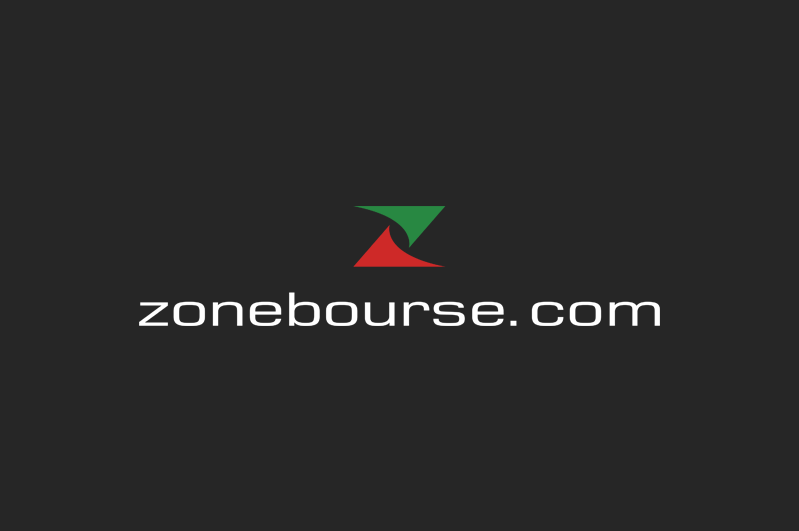Today's Talking Point PPI Inflation y/y: Jan Expected: 12.8% Prior: 13.5% Analysis: Producer p
Today’s Talking Point
PPI Inflation y/y: Jan
Expected: 12.8%
Prior: 13.5%
Analysis: Producer prices are a leading indicator to the direction of consumer prices and firm’s input costs. Thus far, producer inflation in South Africa have reinforced the trend of moderating inflationary pressures as the prices of key items such as petrol and diesel prices fall from their peaks. However, a noticeable headwind is the depreciation of the rand, leading to a higher import bill and adding pressure on the country’s input costs. PPI figures will likely continue to ease in January. Should this hold true, it would suggest a sustained moderation in price pressures, which will lessen the SARB’s hawkishness, but risks are on the radar for a slower deceleration in the months ahead.
Rand Update
Finance Minister Enoch Godondgwana’s budget proposal spurred a brief relief rally in the ZAR yesterday, as he unveiled the details of an anxiously-awaited plan to absorb some of Eskom’s debt. He announced that Eskom would receive R254bn in debt relief from the government over the next three years, provided it brings in private partners to help operate its electricity transmission network and coal-fired plants and takes steps to improve its operational performance.
This camouflaged form of privatisation will help Eskom overcome the political and operational challenges it faces, which were recently highlighted in all their glory by outgoing CEO Andre de Ruyter in an interview with eNCA that led to his dismissal with immediate effect. It was the minimum of what has long been needed to mark any real attempt at fixing Eskom, and, if implemented correctly, could warrant some optimism over SA’s medium- to longer-term outlook.
Other highlights in the budget were National Treasury’s revisions to its 2023 economic growth forecast to 0.9%, and its peak gross debt/GDP level to 73.6% (in FY 2025/26). Concerningly, these forecasts are built on unduly optimistic assumptions, with the government’s dismal track record warranting some scepticism over its ability to implement necessary reforms and avoid further economic and fiscal decay. However, it is welcome that government goals continue serve as a fiscal anchor pointing to a continued attempt at improving SA’s fiscal trajectory to something more sustainable.
Notwithstanding the market’s positive response to Finance Minister Godongwana’s budget proposal yesterday, the ZAR remains on the back foot as investors continue to price additional Fed rate-hike risk. This after the minutes of the Fed’s February policy meeting supported the case for a higher-for-longer rates outlook, in turn triggering further broad-based USD buying. The USD-ZAR is thus trading around 18.2000 this morning, with broader momentum still to the topside for the pair.
Bond Update
Bonds/Yield Curve: Bonds responded more favourably to the budget. Not necessarily because the budget was such a prudent one but because so much bad news had been priced in before the time. Given the roll-up of debt onto the government balance sheet, any default by Eskom has been avoided for now. Furthermore, there are strict conditions that Eskom will need to adhere to in order to receive the assistance of public funds. Although the sovereign’s debt levels will rise once more, they remain at manageable levels, and future budget deficits have been revised down. Issuance levels in the open market have remained reasonably well contained, and the ZAR was spared from any major negative speculation. The combination has resulted in the entire yield curve shifting lower and even flattening slightly.
FRAs: FRAs have remained buoyant and continue to price in the prospect of another two rate hikes. Yesterday’s budget did little to convince investors that the SARB could take a breather. The Fed minutes only added to why the ZAR could remain on the defensive and thwart the SARB’s efforts to reduce inflation rapidly. As it stands, rates are expected to remain buoyant for the foreseeable future and are not expected to decline before the start of 2024.
Repo: As anticipated, the SARB hiked by 25bp at the last meeting. It ensured that any compression of the spread between SA and the US would not impact the ZAR too severely. The Fed’s latest move to hike by only 25bp reflects this, although the ECB and the BoE did move by bolder 50bp increments. There may be at least one more 25bp rate hike left, but that depends on how the ZAR performs and whether inflation moderates.
Download Full Report
www.marketscreener.com
